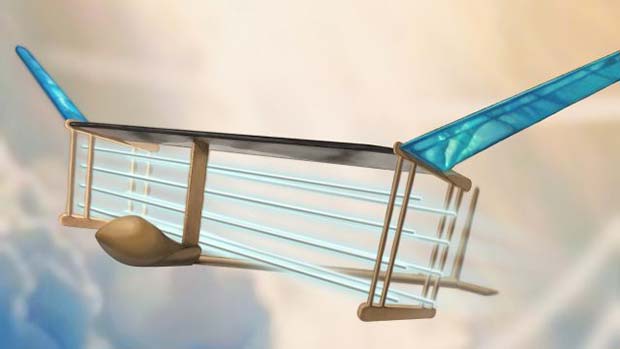For years, the dream of being able to create turbine-free aircraft has been slowly but surely moving towards fruition. The benefits of such a development are obvious: the likelihood of breakdowns and crashes would be reduced for one, as would development costs and times, plus and added boost for the environment.

However, a giant step towards making this possible was taken in late 2018 when MIT researchers reported they had carried out the first ever flight of an electric plane that has ‘no moving parts’ – awesome, right?
The 2.45kg aircraft has no spinning turbine blades, and was able to carry itself around 200 feet before coming back down. It uses directly created electricity, creating a truly special starting point for the future of the industry. While scaling is still part of the issue, if this could be upscaled then we could create much safer, simpler, more effective and more environmentally sound aircraft.
This would also help to remove emissions which are typical of most aircraft, as it would be powered by the use of a battery alone. While this idea has been around for over 50 years, it is only now that we are beginning to see it turn into a reality.
The fact that it was able to produce as much as 40,000 volts for such a small device, though, shows how much work is still needed to get this scaled up and to size. These high voltages are then used to ensure the thruster can generate ions in the air, which are then used to create an electric field, offering the ability to move ions from the smaller electrodes to the larger ones. The end result is that an ionic wind takes place, pushing the plane forward without any of the usual tools needed to make it fly.
A revolutionary step forward
The project is being pushed by MIT professor or aeronautics and astronautics, Steven Barrett, who said: “I was inspired by the science fiction ideas of planes and spacecraft. I thought about what physics could allow that.”
After the best part of a decade of trial and error, it looks like things might finally be changing with the creation of this aircraft. While nobody was onboard the aircraft, nor was anything actually onboard, it was an impressive starting point. The wind-free nature of the testing ground, though, means that this is still only a small but significant step in the right direction.
So, don’t be expecting to get any connecting flights across the continents using one of these anytime soon. As Barrett made clear, though, this is only the beginning: “We’ve only had a few years to develop this technology. Conventional propulsion has had 100 years, so we have some catching up to do. But I think we can.”
Leave a Reply
You must be logged in to post a comment.